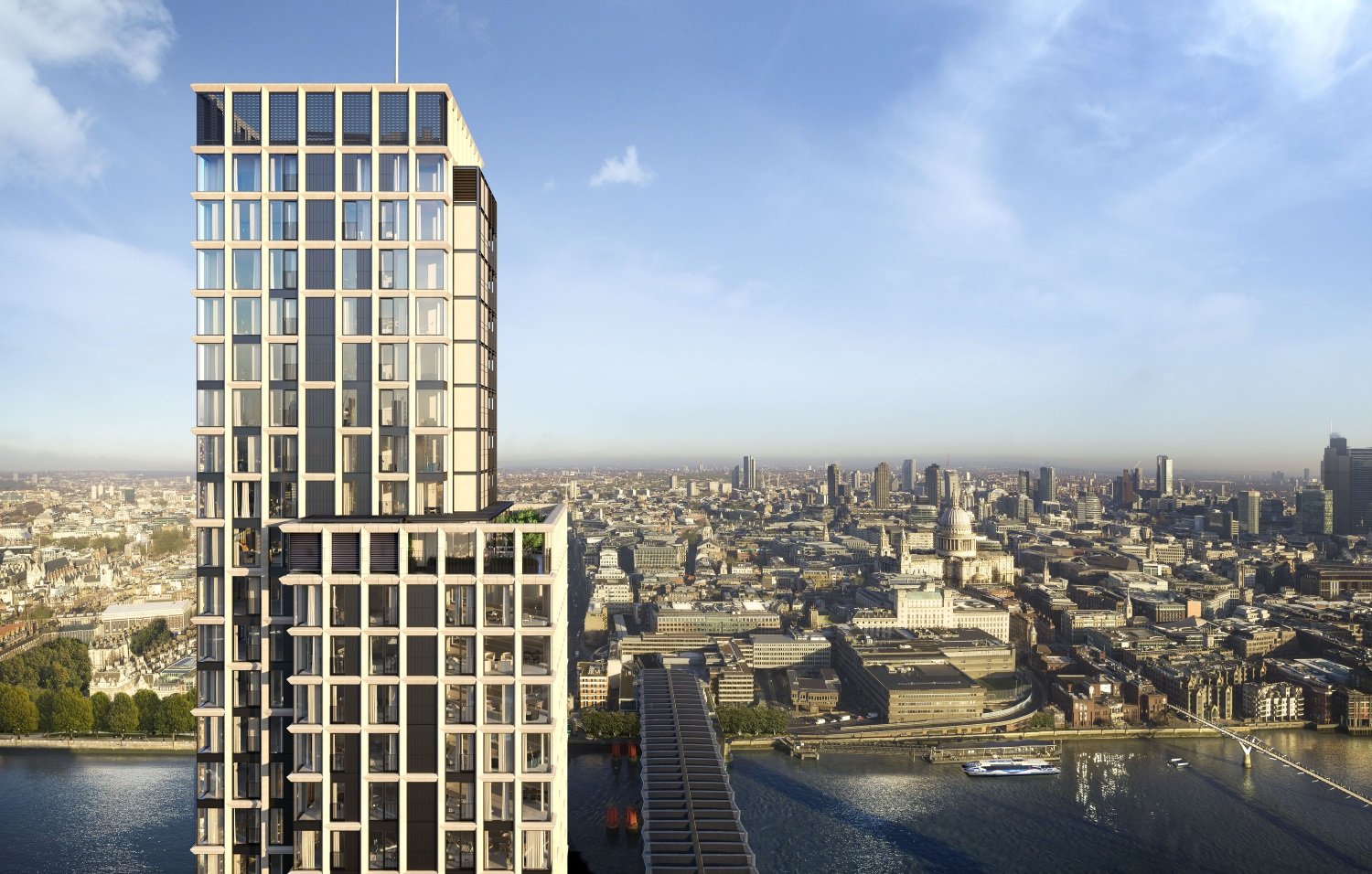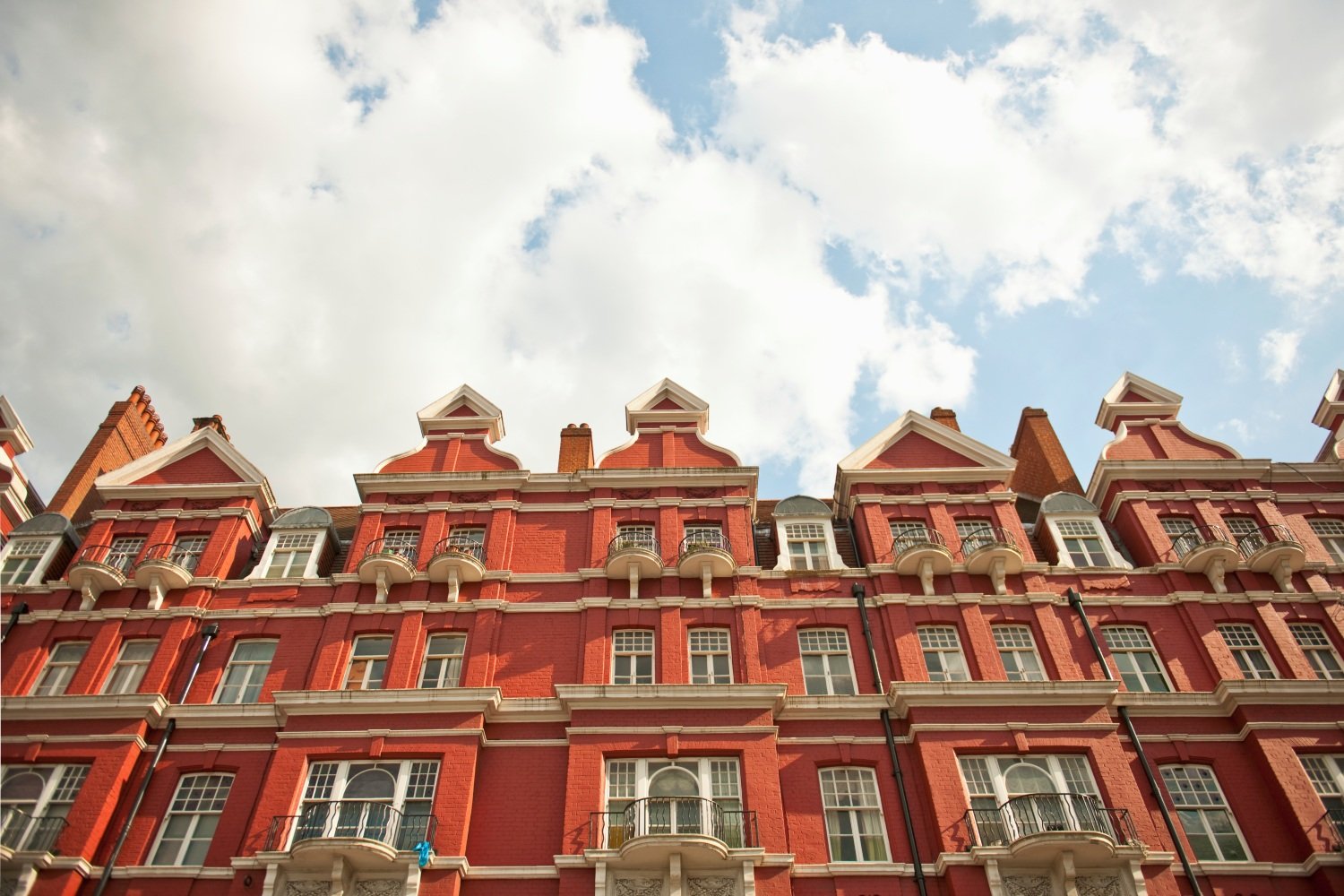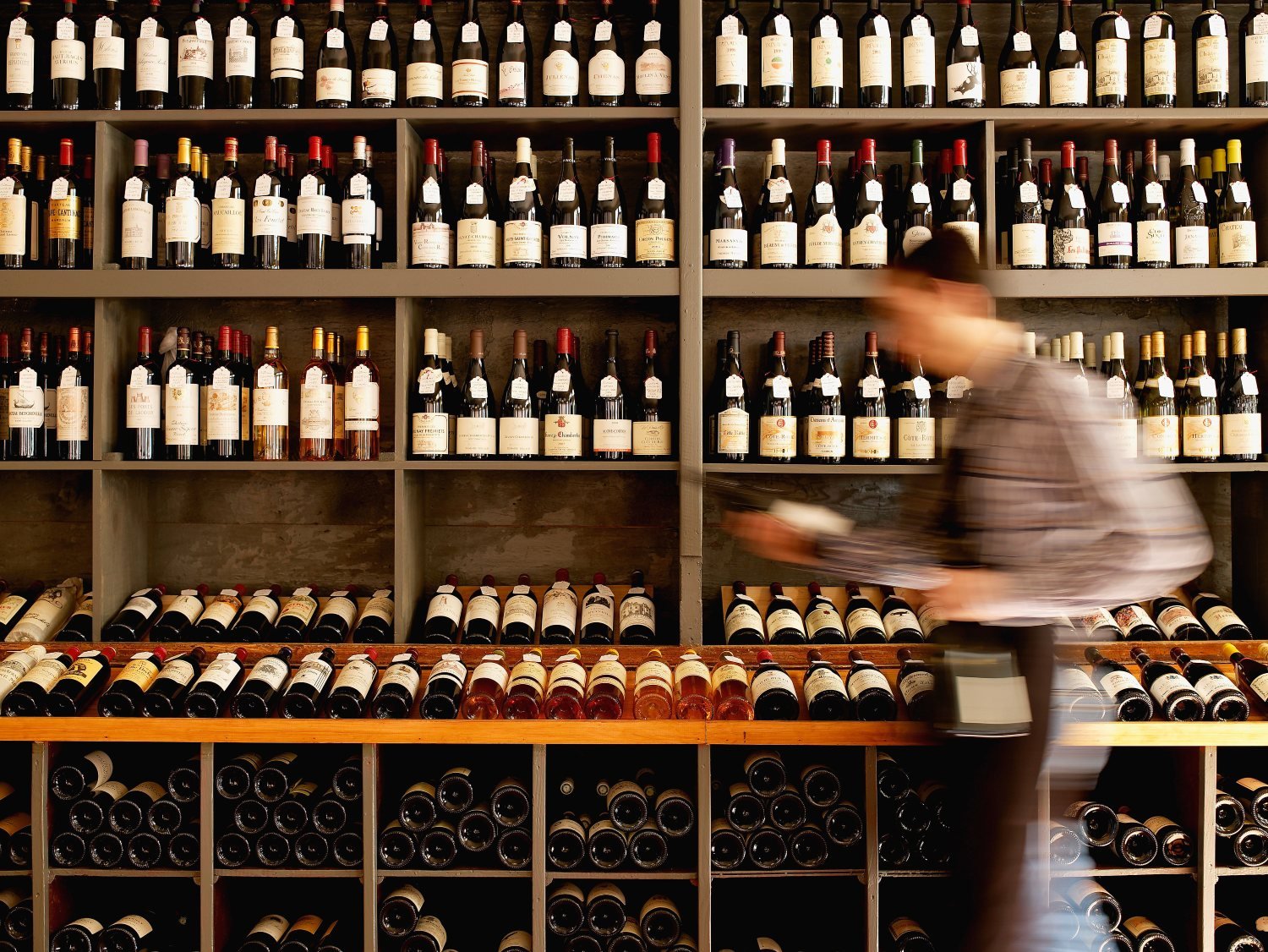Why a padel court should be on the wish list for your next home
As the popularity of padel continues to grow, we take a look at why luxury residential developments are tapping into the health benefits of this racquet sport
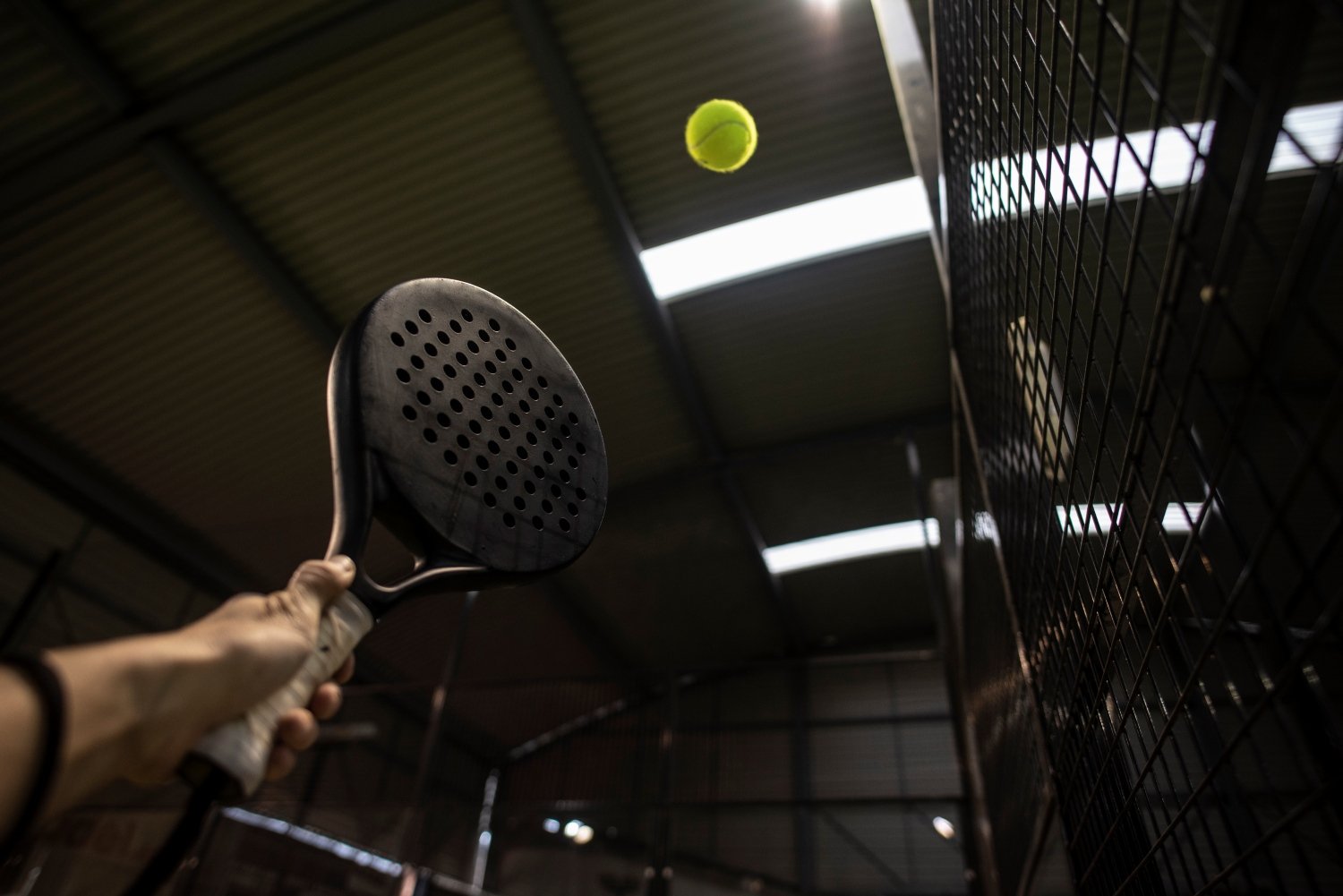
In recent years the popularity of padel has exploded, with celebrities from David Beckham to Serena Williams and Lionel Messi trying their hand at the fast-paced racquet sport. Its story is thought to have begun in Acapulco, Mexico, with businessman Enrique Corcuera. Unable to build a regular tennis court he constructed a smaller version, surrounded by a three-metre wall, and with this the first padel court was born.
In the early 1970s it crossed the Atlantic to Spain, where Prince Alfonso of Hohenlohe-Langenburg, who had spent his summer vacations at Corcuera’s home, built two padel courts in Marbella. In the decades since it has continued to grow at pace, now with an international fanbase and federations across the globe.
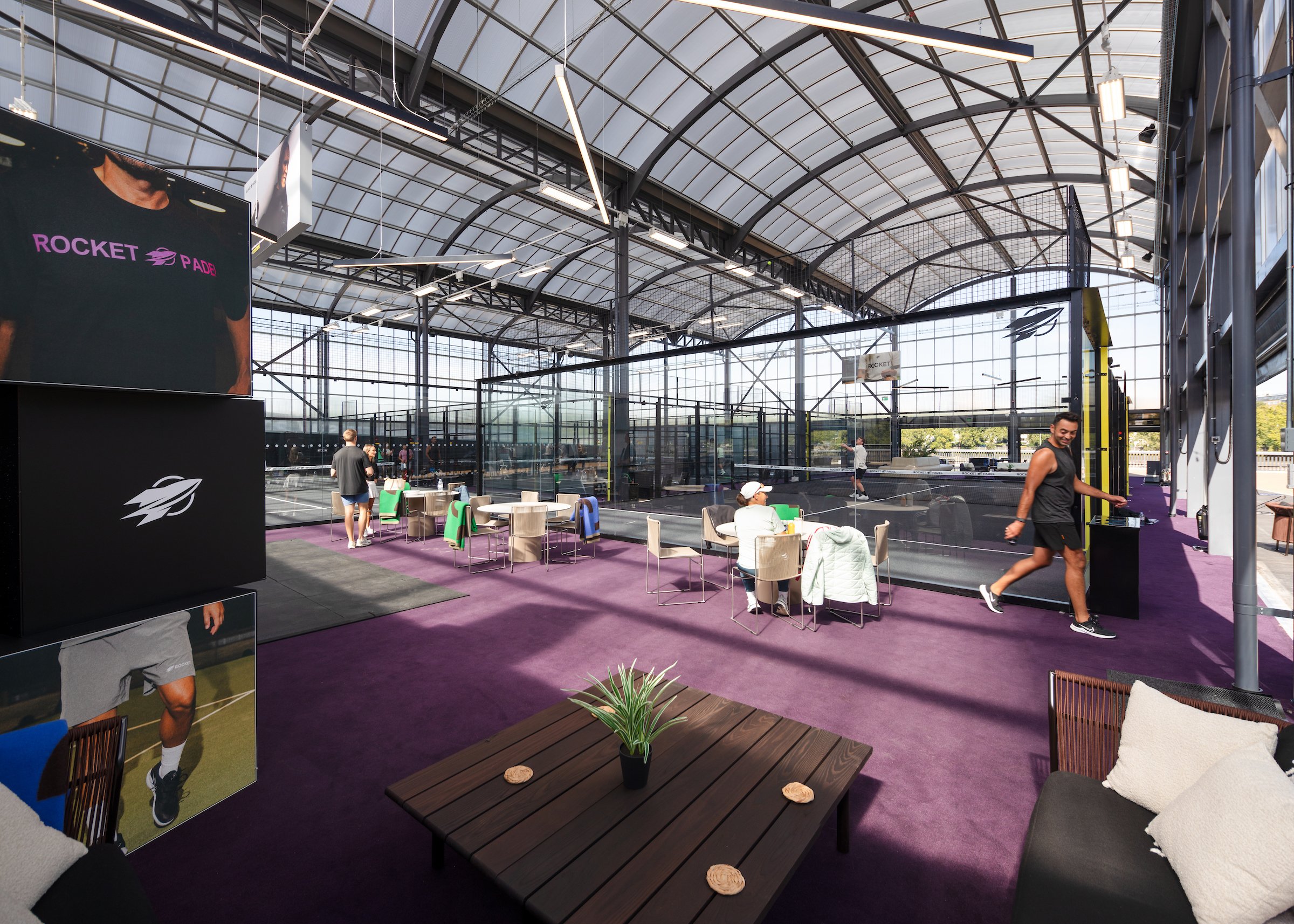
The reasons behind padel’s success
One of its biggest appeals is its accessibility. Sitting somewhere between traditional tennis and squash, it is less technical than the former, while the smaller court can make it less physically demanding. And while at a high level it is still difficult to master, its easy point of entry and predominantly doubles format makes it a sociable game for friends and family.
Ben Nichols, founder of the communications agency Padel 22 specialising in the sport, notes that the pandemic accelerated its rise, as one of the few non-contact sports people were permitted to play. It’s a growth it continues to enjoy today, with calls for padel to become an Olympic sport as soon as Brisbane 2032.
“The statistics show a clear picture that this is not just a sport, but a cultural phenomenon and lifestyle with a global impact. There are over 30 million players getting on court from over 100 nations,” he says. “The UK has become the third biggest padel nation worldwide within the past 36 months, overtaking more than 50 established padel countries, and in January 2025, there were more than 20,000 new UK padel players. That right there is remarkable growth, and proof this sport’s story is only just beginning.”
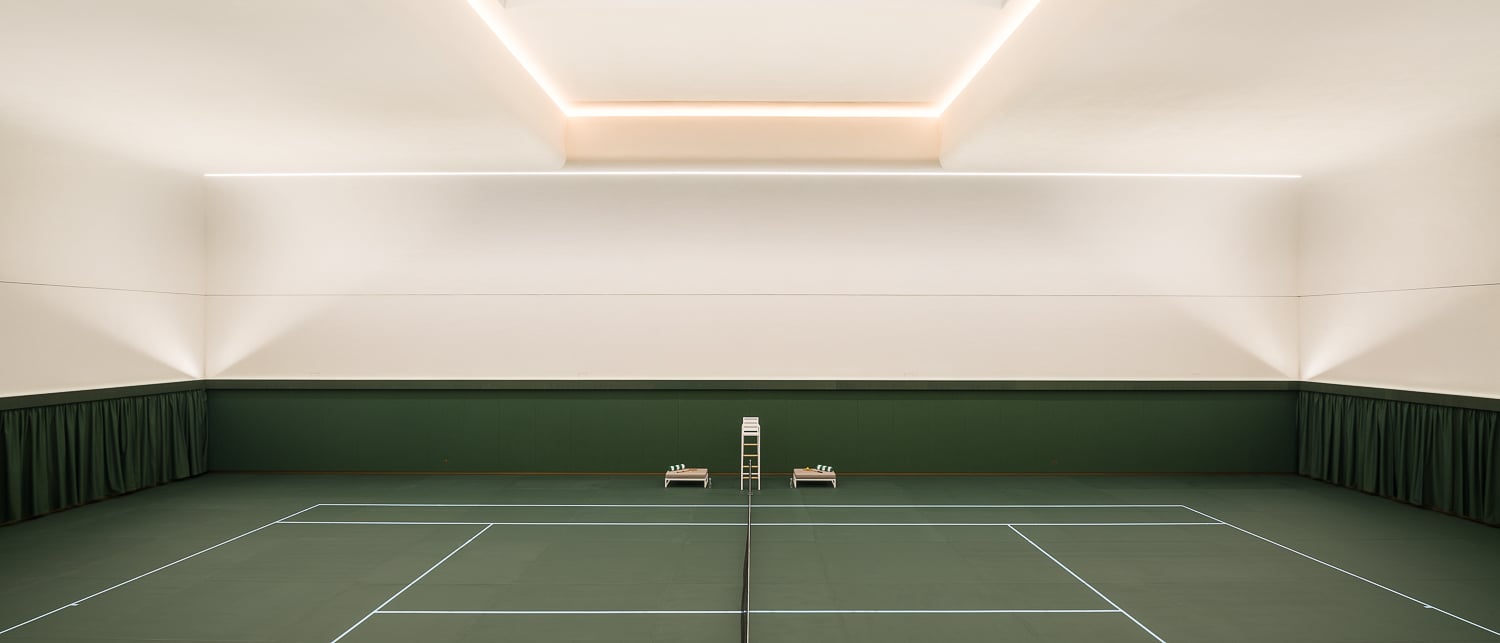
The residences leading the way
Padel’s ability to bring together different generations, backgrounds and nationalities has caught the attention of London’s top developers, who are increasingly considering courts as part of the enhanced wellness amenities they offer residents. “It’s sociable, accessible for all ages, and doesn’t require the same level of skill or physicality as traditional tennis, which makes it perfect for inclusive, community-led developments,” says Francesca Cooper, Associate in Knight Frank’s Prime Central London Developments team. “It’s also a sport that appeals to a more international buyer base, who are often already familiar with it and enjoy having it available on their doorstep.”
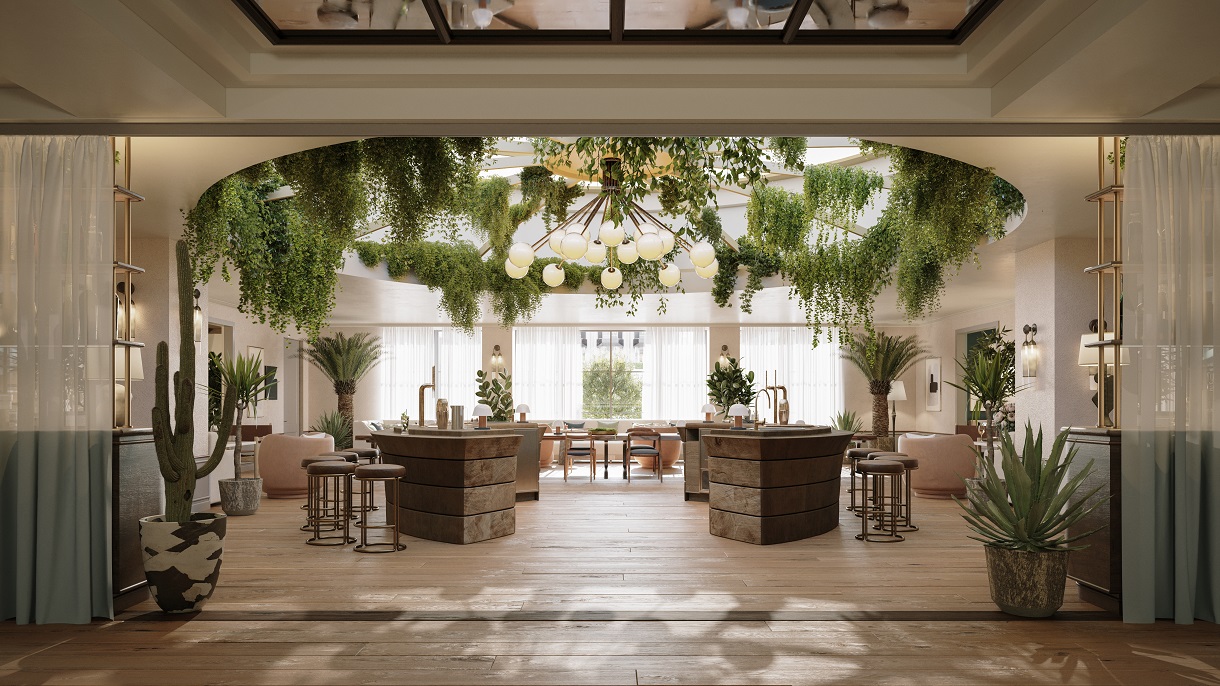

Leading the way are projects such as Chelsea Barracks, which includes access to the world-class Garrison Club, bringing together over 50,000 sq ft of amenities curated by leading sports specialists taking in a racquet club, swimming pool, spa and more. Meanwhile The Whiteley, the ambitious redevelopment of a landmark building near Hyde Park, is home to private residences and the UK’s first Six Senses hotel. Here a holistic approach to health means the incorporation of a sports hall for residents, complete with a padel court among other sports, alongside access to Six Senses’ state-of-the-art wellness amenities including a 20m swimming pool, spa and relaxation room.
“The Whiteley's wellness offering is a huge part of its appeal,” says Cooper. “The addition of a padel court complements this perfectly, reinforcing the idea that wellness isn’t just about traditional fitness but also about social, low-impact, and enjoyable movement. It offers residents a fun, informal way to stay active while feeling part of a community.”

Wellness tops buyers’ wishlists
Cooper notes that buyers increasingly want to feel that their homes are supporting both their physical and mental wellbeing. An emphasis on health is embedded in the lifestyle enjoyed by those who reside in the iconic Battersea Power Station development. “It’s become a hub for fitness and wellness thanks to the neighbourhood’s expansive public realm including the six-acre Power Station park, proximity to Battersea Park, riverside location, leisure facilities and breadth of athleisure brands, making it one of the main reasons why residents love living here,” says Meriam Lock-Necrews, Head of Residential at Battersea Power Station Development Company.
Here, the popularity of padel is a case in point. After hosting a successful pop-up in 2023, Rocket Padel returned to Battersea last year to open central London’s first riverside indoor padel courts. Housed in an 11-metre bespoke glass building with incredible views over the River Thames, it will be in place for another four more years and aims to make the sport more accessible by running programmes with local youth organisations, charities and schools.
For Cooper, the trend represents a broader shift towards lifestyle-led design. “As developments compete for attention in a crowded market, standout amenities like padel courts are helping to attract a new generation of residents who value both experience and community.”
